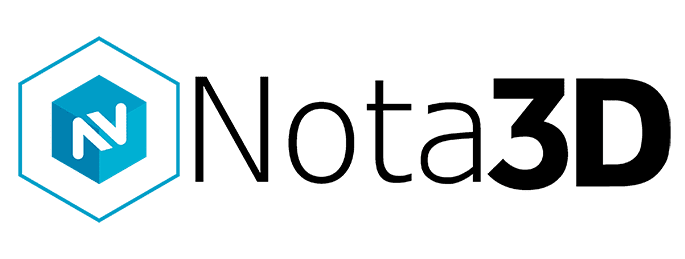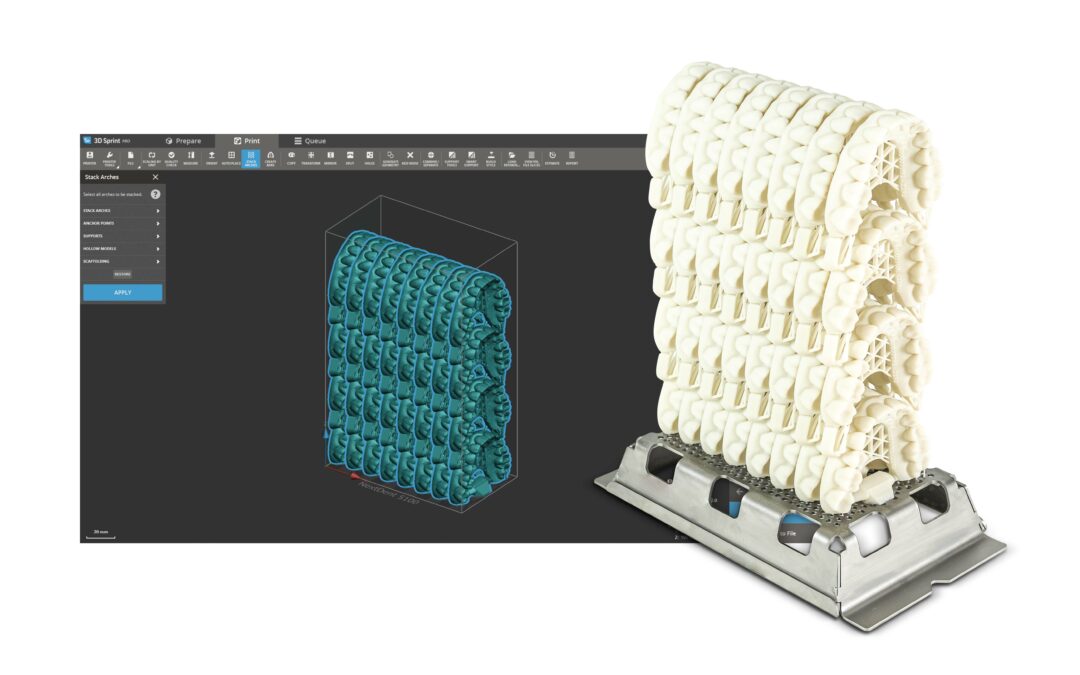Ushering in a New Era of Dental Care
In recent years, the field of dentistry has seen a remarkable transformation, thanks to the integration of digital technologies and 3D printing. These advancements are not only revolutionizing the way dental professionals work but also significantly improving patient experiences. Gone are the days of traditional, time-consuming, and often uncomfortable procedures. Instead, digital dentistry and 3D printing are bringing efficiency, precision, and patient-centric care to the forefront of oral healthcare. In this blog post, we’ll explore how these innovations are enhancing patient experiences in the world of dentistry
Precision and Customization
Precision and customization are paramount in modern dentistry, and the integration of digital technologies, particularly 3D printing, has revolutionized these aspects of dental care. One of the standout advantages of this technological leap is the unparalleled precision achieved through 3D scanning. Traditional methods often involve messy and uncomfortable impressions, which can be eliminated with the use of 3D scanners. These devices allow dentists to capture highly accurate digital impressions of a patient’s oral anatomy, providing a comprehensive and detailed representation.
Once the digital impressions are obtained, dentists can leverage 3D printing technology to manufacture customized dental solutions. This level of customization is a game-changer in designing treatment plans that suit each patient’s unique needs. From crowns and bridges to orthodontic appliances, the entire spectrum of dental prosthetics and devices can be precisely tailored based on the individual’s oral structure. This departure from one-size-fits-all approaches ensures not only a perfect fit but also addresses specific dental issues with greater efficacy. The result is a paradigm shift towards a more personalized approach to dental care. Patients benefit from treatments that are meticulously crafted to match their anatomy, reducing discomfort and enhancing overall satisfaction.
Faster Turnaround Times
The incorporation of 3D printing technology into dentistry has significantly transformed the traditional model of lengthy and time-consuming procedures, offering a remarkable improvement in the turnaround time for dental treatments. In conventional dental practices, patients often had to endure multiple visits and endure extended waiting periods, especially when laboratory work was involved. The advent of digital dentistry, coupled with in-house 3D printing capabilities, has revolutionized this landscape.
With the ability to harness 3D printing directly within the dental practice, the need for outsourcing to external laboratories is minimized. This not only expedites the entire treatment process but also allows for on-site creation of various dental restorations and appliances. The impact is particularly noticeable in the realm of prosthetics like crowns, where patients previously had to wait for days or even weeks for the creation and delivery of their customized dental appliances.
The efficiency gains are striking – now, patients can witness the fabrication of their dental prosthetics within a matter of hours rather than enduring prolonged waiting times. This rapid turnaround time is a significant advantage for both dental practitioners and their patients, offering a more convenient and streamlined experience.
Improved Communication
The utilization of 3D printers goes beyond the realms of precision and treatment efficiency—it significantly elevates the communication dynamic between patients and dental professionals. The introduction of digital tools and 3D models serves as a transformative means for dentists to convey complex information to their patients in a comprehensible and engaging manner.
By harnessing 3D printing technology, dentists can generate highly detailed and accurate physical models of a patient’s oral anatomy. These 3D models become invaluable visual aids during consultations, enabling dentists to elucidate treatment options and articulate expected outcomes with unprecedented clarity. Instead of relying solely on verbal descriptions or two-dimensional images, patients can now interact with tangible, three-dimensional representations of their dental conditions.
Furthermore, digital tools facilitate the creation of virtual treatment simulations. Dentists can visually walk patients through various treatment scenarios, showcasing potential outcomes and allowing patients to better grasp the implications of each option. This interactive and visual approach empowers patients to make informed decisions about their dental care, fostering a sense of engagement and participation in the decision-making process.
Minimized Discomfort
One remarkable aspect of this technological transformation is the substantial reduction in discomfort experienced by patients undergoing dental procedures. Traditionally anxiety-inducing processes, such as taking impressions, have undergone a remarkable shift towards a more comfortable and less invasive experience.In the past, patients often had to contend with gooey molds and uncomfortable trays during traditional impression-taking procedures. The discomfort associated with these methods could contribute to heightened anxiety among patients.
However, with the introduction of 3D printing, this aspect of dental care has undergone a paradigm shift. Digital scans, facilitated by advanced 3D scanning technology, have emerged as a quick and precise alternative to traditional impressions. The efficiency of digital scans, coupled with the precision afforded by 3D printing technology, not only reduces the time patients spend in the dental chair but also minimizes potential sources of stress and discomfort.
Comprehensive Treatment Planning
The integration of digital dentistry, with the support of 3D printing technology, marks a significant advancement in comprehensive treatment planning. One of the standout features of this approach is the ability to create and utilize digital records that chronicle a patient’s oral health journey over time. These digital records serve as a dynamic and detailed repository, enabling dentists to track changes in a patient’s oral health with precision and accuracy.
Dentists can utilize 3D printing to create physical models based on the digital records, offering a tangible representation of the patient’s oral anatomy. This aids in in-depth analysis, facilitating a thorough examination of the spatial relationships within the oral cavity. The three-dimensional models enable dentists to visualize potential issues more accurately and plan interventions with a higher degree of precision. By leveraging the capabilities of digital dentistry and 3D printing, comprehensive treatment planning becomes a cornerstone in enhancing the overall patient experience, promoting oral health longevity, and ensuring a more targeted and effective approach to dental care.
Digital dentistry and 3D printing have ushered in a new era of patient-centered dental care. With their precision, speed, and patient-friendly procedures, these technologies are not only improving the quality of treatments but also enhancing the overall patient experience. Patients can expect tailored, comfortable, and efficient dental care, resulting in better oral health outcomes and greater satisfaction. As these technologies continue to advance, the future of dentistry holds even more promise for improved patient experiences.

